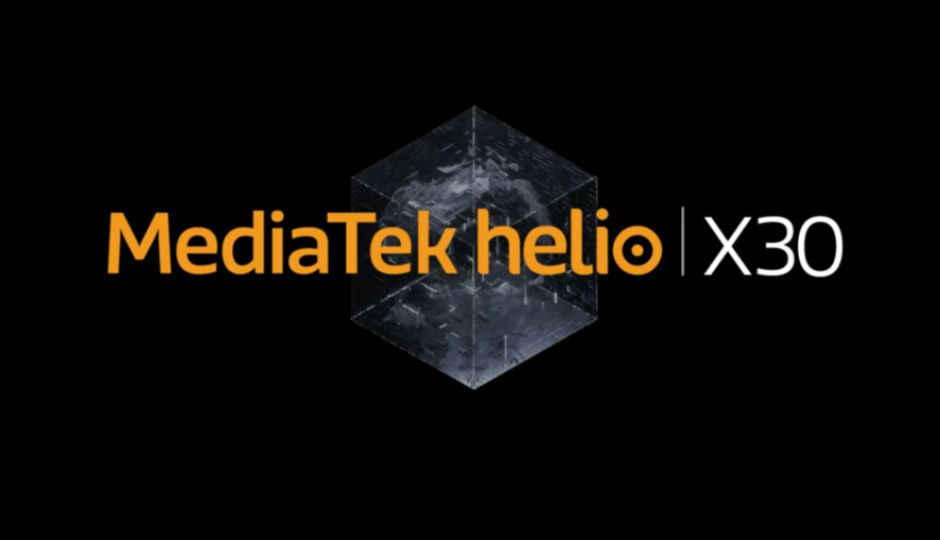MediaTek Helio X30 deca-core CPU announced based on 10nm architecture
MediaTek says Helio X30 is entering production right now and the first smartphone powered by the chipset will become available sometime in second quarter of 2017

At Mobile World Congress, MediaTek has unveiled the Helio X30 deca-core chipset for premium smartphones. MediaTek Helio X30 is the most powerful chipset yet from the semiconductor company. Like Snapdragon 835 and Exynos 9, the new MTK Helio X30 is also based on the 10nm process.
 Survey
SurveyMediaTek says Helio X30 is entering production right now and the first smartphone powered by the chipset will become available sometime in second quarter of 2017. The Helio X30, like the Helio X20 before it, deploys Tri-Cluster configuration with dual Cortex A73 cores clocked at 2.5GHz, four Cortex A53 cores clocked at 2.2GHz and four Cortex A35 cores clocked at 1.9GHz. With Helio X30, MediaTek is using ARM's most efficient A-series core.
Along with MediaTek Helio X30, the company is also introducing CorePilot 4.0 technology. The CorePilot 4.0 technology enables intelligent task scheduling and UX monitoring for efficient battery usage. "CorePilot 4.0 can deliver up to 25 percent more power savings over the previous version," the company says in its release.
MediaTek Helio X30 also brings support for dual cameras with 2x optical zoom. The SoC now has two 14-bit image signal processors (ISP) with support for dual 16MP cameras with fast auto exposure and real-time depth of field effects. The ISP also combines a new Vision Processing Unit (VPU) for dedicated image processing.
On the network front, the new Helio X30 supports three downlink Carrier Aggregation (3CA) and two uplink Carrier Aggregation (2CA) using 4G LTE-Advanced WorldMode Modem. It supports up to 8GB DDR4 RAM and new Imagination PowerVR 7XTP-MP4 GPU clocked at 800MHz. MediaTek Helio X30 chipset brings a lot of new features, along with support for deep learning and Google's TensorFlow framework. It will be interesting to see how smartphone makers utilise all these new features on their devices.